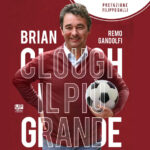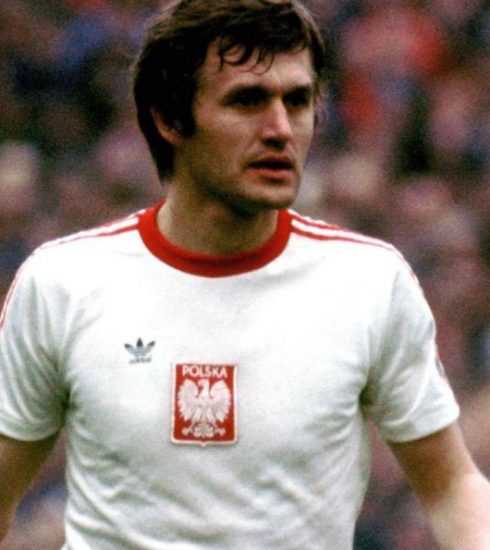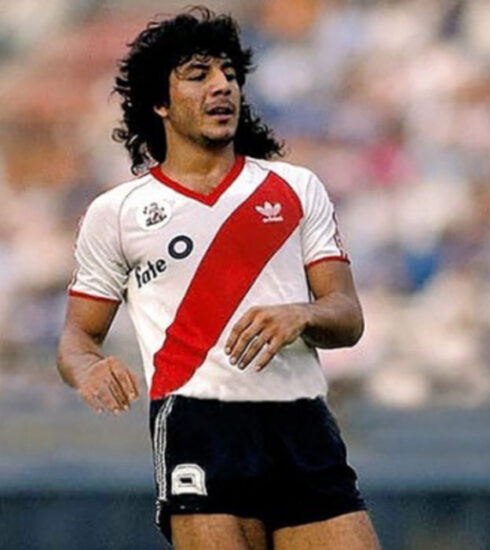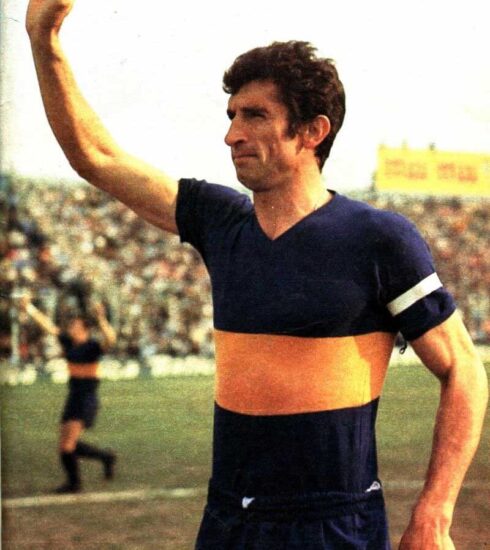PATRICK O’CONNELL: The Irishman who saved Barcelona
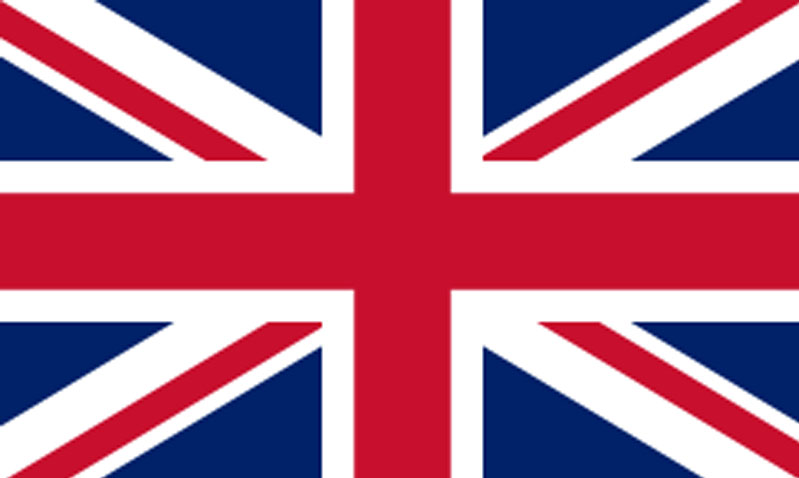

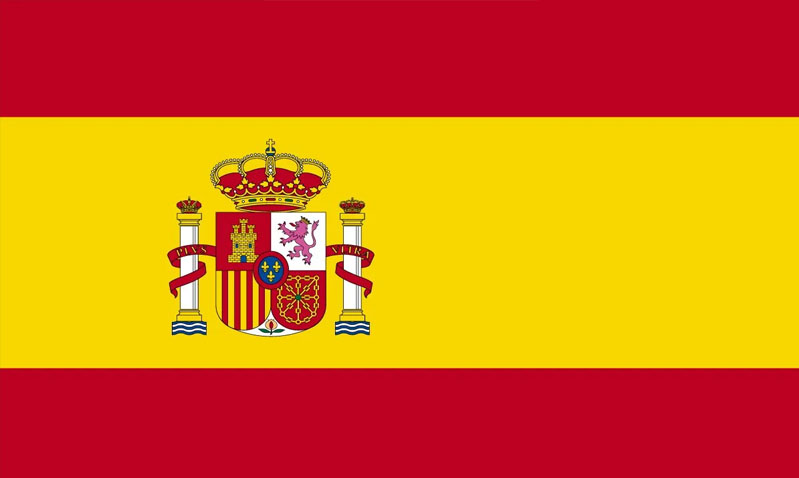
It is 27 April 1935.
We are in Santander, in the north of Spain.
It is now evening when Patrick O’Connell, the Irish coach of Real Betis Balompié in Seville, goes to the hotel where the Racing Santander players are staying.
The next day will be the last match of the season.
Betis is only one point ahead of the already mighty Real Madrid, who on the following day will play at home against the relegated Basque team Arenas de Getxo.
O’Connell had been Racing’s coach until three years earlier, and for seven long years.
It was a courtesy visit, to say goodbye to the managers and players with whom the Irish manager had shared his first years as coach on the Iberian peninsula.
In reality, it seems that the meeting also had another purpose.
“Guys,” O’Connell said to some of his old players, “I guess you’re not going to fight us tomorrow, are you? After all, you’re safe and a win certainly won’t change your championship”.
The response that comes back to the Betis manager is certainly not the one he had hoped for.
“We’re sorry coach. But our president is a Real Madrid fan and has promised us a large sum of money if we manage to beat you’.
The match would end with the most rounded result of that season.
A clear five-nil, which would consecrate Betis as Spanish champions for the first and so far last time in their history.
And for Irishman Patrick O’Connell immortality for the Benito Villamarin green-and-whites.
Patrick O’Connell was born in Dublin in March 1887.
From a young age he was a promising defender but his first professional contract came with Belfast Celtic, a team clearly inspired by Celtic Glasgow, founded in the same year as O’Connell’s birth.
His brilliant performances in the centre of defence also reached England and it was Sheffield Wednesday who bought the 22-year-old Irishman in 1909.
His performances, however, did not live up to expectations and when the move to Hull City came three years later, it seemed that O’Connell’s football career would not go beyond a decent one in lesser clubs.
O’Connell, however, was called up with the Irish national team and it was his excellent performances in the British Home Championship that would put him back at the centre of attention of the major English teams.
It will be Manchester United who will buy O’Connell in early 1914.
For the Irishman it is a great joy.
Manchester United are first in the First Division and have ambitions of returning to the top three years after the second and last title won, the one at the end of the 1910-1911 season.
Things are not going at all as hoped.
In a league played despite the outbreak of the First World War and the continuing controversy over the need to play football in such a difficult situation Manchester United struggled to get going and managed to save themselves from relegation by a whisker, finishing 18th with just one point ahead of Chelsea, 19th and one of the two relegation contenders along with bottom-of-the-table Tottenham Hotspurs.
But something else happened that season that would somehow shape O’Connell’s career forever.
On 2 April, Manchester United – Liverpool were played at Old Trafford.
The ‘Reds’ at Anfield have nothing to ask from the league. They are in a quiet mid-table position with no title ambitions and no relegation fears.
Manchester United, on the other hand, is in a different situation, as they are embroiled in the fight to avoid relegation.
Jackie Sheldon, a Liverpool player and former Manchester United player, is promoting an initiative that can greatly benefit several members of both teams.
He contacts several ex-Manchester United teammates (Sandy Thurnbull, Enoch West and Arthur Walley) and together with three other Liverpool players (Bob Pursell, Tom Miller and Thomas Fairful) sets to ‘work’ to ensure that the match ends two-nil in favour of the Red Devils.
Obviously, this is not a free favour.
The result in question is paid for by the bookmakers with an exciting ‘7 to 1’ and on that result will converge the bets of the footballers in question and many of their friends and relatives.
The match is an absolute farce.
It is played in slow motion and it is obvious to even the most clueless of spectators that Liverpool’s commitment is inferior to even a pre-season friendly match.
There are several controversial episodes in the match.
One of them involves Patrick O’Connell himself.
With Manchester United already leading by one goal to nil the Red Devils were awarded a penalty kick.
It was O’Connell himself, to the general surprise as he was not considered a specialist from eleven yards (George Anderson was the Red Devils’ penalty taker) who took the penalty.
Reports at the time (BBC website – “From all reports, he walked back up the pitch laughing as he thought ‘well it doesn’t matter, we can get another goal whenever we want one'”) tell of a very serene O’Connell as he took the penalty … which in fact was kicked closer to the corner flag than to Liverpool’s three goalposts!
There was half a brawl in the dressing room at the end of the first half when, players not involved in the scam and realising what was happening on the pitch, threatened not to take the field for the restart.
But the most sensational episode happened a few minutes from the end.
With Manchester United leading two-nil, Liverpool striker Fred Pagnam hit the crossbar… drawing the wrath and insults of team-mates and opponents alike!
Pagnam himself will later admit that he was approached to be part of the ‘combine’ but disdainfully refused.
The seven players will all be disqualified by the English Federation (Enoch West will always protest his innocence citing the Federation for ‘defamation’).
The result, however, would not change as it was decided that this was not the primary purpose of the ‘combine’.
It was decided that the main motive was something else.
It was now an established fact that this would be the last football season in England as a suspension would come due to the outbreak of the First World War.
Because of this, the footballers in question decided that it was one of the last chances to make some money for their families as there would be a call to arms or alternatively unemployment for them.
So it was for six of them, who did themselves honour on the battlefields and when they resumed competitive activity in 1919 they all had their sentences cancelled.
One of them, Sandy Turnbull, died during the conflict.
The only one who was not rehabilitated was Enoch West, who had to wait until 1945 to have his sanction lifted.

During the war O’Connell continued to play football even though there was no longer a proper league.
He played with United but also accumulated a few appearances with Clapton Orient, Rochdale and Chesterfield.
At the end of the conflict, however, he was transferred to Scotland, to Dumbarton before returning to England to Ashington, a team in the North Eastern League, a sort of regional championship.
It was here that the most important turning point of his career came for him.
In fact, in the 1921-1922 season Ashington would entrust him with the role of coach-player in the very season in which Ashington was admitted to the Football League for the first time, exactly in the Third Division, divided between Third Division North (the one in which Ashington played) and Third Division South.
The performance of the small Northumberland club is astonishing.
An excellent tenth place finish comes … but the biggest news is yet to come …
Patrick O’Connell receives a letter from Northern Spain.
From a town called Santander and where there is a club called ‘Racing Club’ that wants to assign him the team management.
In that team a year earlier they had another English-speaking coach, Fred Pentland, who was so good that the Basques of Athletic Club offered him a sumptuous contract to bring him to Euskadi.
The impression left by that coach, however, convinced the Racing management to rely on another ‘coach’ from the land that invented football.
O’Connell is almost incredulous.
He has only been coaching for a year, he is still inexperienced even though he knows football and, after all, football has a universal language.
In Spain, however, the ‘Liga’ as we know it today has yet to be born.
Regional leagues are played.
In the first seven seasons in Santander, Racing and O’Connell won five of these championships.
In February 1929, the ‘Liga’ was born.
Nine places are already assigned.
For the tenth and final place there will be a mini knockout tournament.
It was O’Connell’s Racing Club that won it, beating Valencia, Betis Sevilla and, in the final, Sevilla (in the third game after the draws in the first two matches).
At the end of the first Liga in history, however, it was Racing who finished in last place, scoring a paltry nine points in 18 games, but managing to retain their ‘Primera’ status by winning the play-out against Sevilla again.
At the end of that season and despite this victory, O’Connell was dismissed.
He will sit on the Real Oviedo bench for two seasons without achieving particularly impressive results.
In that summer, however, the call came from Real Betis Balompiè, who were playing in the Second Division but had important ambitions.
O’Connell succeeded in his first attempt to take Betis to the Primera. He does so against Oviedo, the runners-up just two points behind the green-and-whites.
At the end of his first season in the top flight came a flattering and unexpected fifth place. O’Connell in Seville is already an absolute icon.
And he has already become ‘DON PATRICIO’, a name he will carry with him throughout his long Iberian sojourn.
The green-white half of the city adores him.
Although he struggles to speak a dignified Castilian, he is well liked by everyone for his helpfulness and friendliness. He fully lives the city and the joyful life of those years.
It was at that time that he would say ‘I love the people of Seville because they live each day as if it were their last’.
Meanwhile, the team continued to progress.
In the following season came a fourth place finish, but above all the knowledge that the gap with the very strong Athletic Bilbao and Madrid CF (Real Madrid’s name at the time) was almost closed.
What happened in the following season, however, went beyond the expectations of observers, insiders and above all the fans of the ‘Verdiblancos’: the La Liga title arrived, the first and so far only one in the club’s history.
O’Connell is adored by the people of Betis, he loves Sevilla but knows that with that team he has achieved the maximum. At the same time for him came the advances of one of the great clubs of La Liga, Barcelona, who only won the first edition of La Liga.
In his first season with Barça came a fifth place that improved the previous season’s result by only one position, but in addition to the Campionat de Catalunya (the first official football competition born in Spain in 1901, two years before the Cup) Barcelona reached the final of the Copa del Rey.
Here, however, they faced Madrid FC, who managed to win by two goals to one, with the Madrid number one, the great Ricardo Zamora, who made some decisive interventions, in particular the one in the last minute of the game on a conclusion by the Catalans’ centre forward Josep Escolà, which will go down in history as “the greatest save ever in the history of Iberian football”.
But once again it will be a war that spoils Patrick O’Connell’s plans.
This time it will be the Spanish Civil War that will prevent the continuation of La Liga.
It was at this point that Patrick O’Connolly would definitively enter the history of one of the greatest clubs on the planet, and not because of a trophy won.
At the outbreak of the Civil War Patrick O’Connell was at home in Ireland.
Even the club seemed to advise him against returning to a Barcelona besieged by Francisco Franco’s comrades.
In August 1936, Josep Sunyol, the Barcelona president who had strongly wanted O’Connell on the ‘Blaugrana’ bench, was assassinated just outside Madrid by Francoist troops.
Despite all this O’Connell has no hesitation.
He returns to Catalonia, to the club that had welcomed him a year earlier but had apparently been chasing him for at least a five-year period.
Barcelona’s situation, however, is dramatic.
Economically and sportingly.
From across the ocean, however, comes a lifeline.
It is the first weeks of 1937.
It is a rich Catalan tycoon living in Mexico, Manuel Mas Serrano, who offers the management, staff and players the opportunity to travel to Mexico for a series of friendly matches… remunerated in an absolutely generous way!
For the club that money could prove to be salvation. The team leaves for Mexico where they will play among others against Atlante, Club America, Necaxa and a selection of the best XI in that country’s league. They will then move on to the United States and at the end of the tour the club’s coffers are full … although only four of the sixteen players who had left a few weeks earlier will return to Spain. The others will decide to stay in Mexico or France, where the club had stopped shortly before returning to Barcelona … in order to put the money collected during the tour safe in a Parisian bank by Francisco Franco!
… It will be the money that will allow Futbol Club Barcelona to stay on its feet and to be able to put together a team capable of participating in the La Liga that will resume in December 1939.
A weakened and rebuilding Barcelona would not go beyond the ninth place, finishing in a tie with Celta Vigo and only thanks to the two victories in the direct clashes would avoid playing the play-out for salvation.
O’Connell at the end of that problematic season will be sacked.
He will return to his native Sevilla, first for two seasons at Betis and then sit for three years on the bench of Sevilla’s fellow country rivals.
There will be no clamour, no controversy and no backlash.
In Seville, everyone knows, appreciates and has learned to love this man who is always modest, humble and helpful … who loves the life of the city, including the nightlife … even if he returns to being rigorous and inflexible on the training field.
There will be no more striking results or trophies, although with Sevilla in the first two seasons a second and a third place will come.
The Spanish adventure for ‘Don Patricio’ will end where it began: at Racing Santander, but even here without great results.
He would return to ‘his’ Seville in 1950 before returning to England five years later.
It will be here that in 1959, at the age of 71, he will die of pneumonia, reduced to poverty.
There is a beautiful book about him that recounts his life. It is entitled ‘The man who saved FC Barcelona’.
ANECDOTES AND CURIOSITIES
Despite the sensational episode of the missed penalty in the match between Manchester United and Liverpool, Patrick O’Connell’s name has never surfaced among the players involved in the match.
But there is an even more gruesome fact in the life of this controversial Irish manager.
When he left Manchester to embark on his adventure in Spain with Racing Patrick O’Connell was married to Ellen and had four children with her.
The family stayed in Manchester but shortly after arriving in Santander O’Connell fell in love with another woman who worked as a housekeeper for one of the richest families in the area. … also Irish and also named Ellen.
The two marry.
It will be one of the best kept secrets in the history of Spanish football as it is only at the end of his career, during his stay in Seville before returning to London, that one of his sons, Dan, introduces himself to him.
… and it seems his father’s first question was not to enquire about the state of his family’s health but … how Manchester United were doing in the league …
As a coach, everyone in Spain agrees that O’Connell has excellent qualities. First and foremost, his ability to manage the team, with the players deeply attached to him and grateful for the lessons he taught them.
One of his great qualities was his ability to organise the defensive phase of the team. The Betis team he won the championship with in the 1934-1935 season only conceded 19 goals in 22 games. The second best defence, Madrid FC, which came just one point behind the ‘Verdiblancos’, conceded 34.
Once his coaching career was over, the money soon ran out for O’Connell, who loved the good life, nice clothes and good food. (It is said that during one lunch he managed to consume no less than five courses of paella).
Given his difficult economic situation, in 1954 Betis organised, in pure British style, a ‘testimonial match’ in his honour, with the proceeds of the match donated to him as a testimony to the affection of the people of Seville towards him.
As mentioned it was during the British Home Championship won by Ireland in 1914 that O’Connell was catapulted into the centre of attention of the biggest English clubs for his performances.
After victories against Wales and England (the first on English soil for the Irish) Ireland had to play their last game at Windsor Park in Belfast. The Irish only need a draw to become champions but things go decidedly wrong. First the Irish lost a man to injury and then it was O’Connell himself who fractured his wrist in a clash of play. In a period where substitutions were well and truly on the way Ireland defended strenuously but when with twenty minutes to go Joe Donnachie put his side ahead for the Irish greens it seemed to be over.
One minute from the end, however, it was Samuel Young who scored the equalising goal that would guarantee Mr Seymour’s men the trophy, making the Scots’ victory over England in the last match pointless.
It will forever be remembered as the ‘nine-and-a-half man triumph’.


